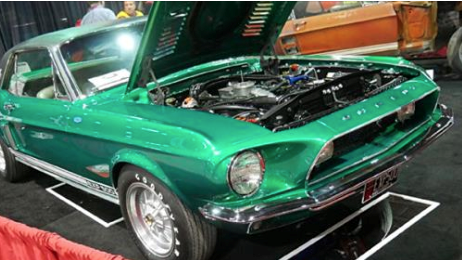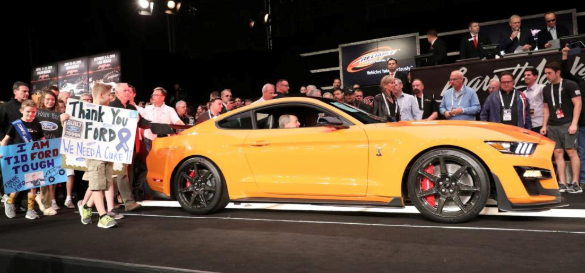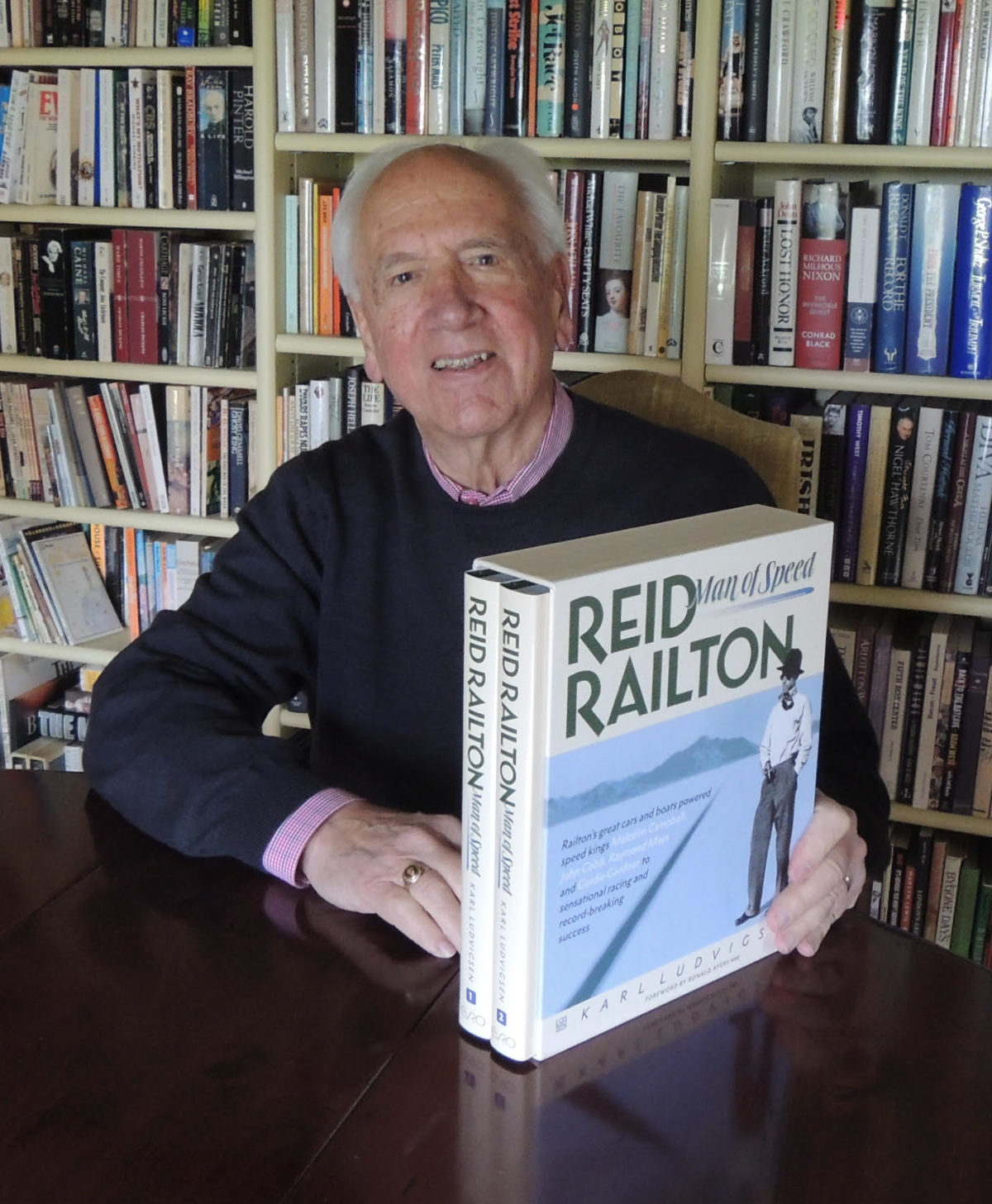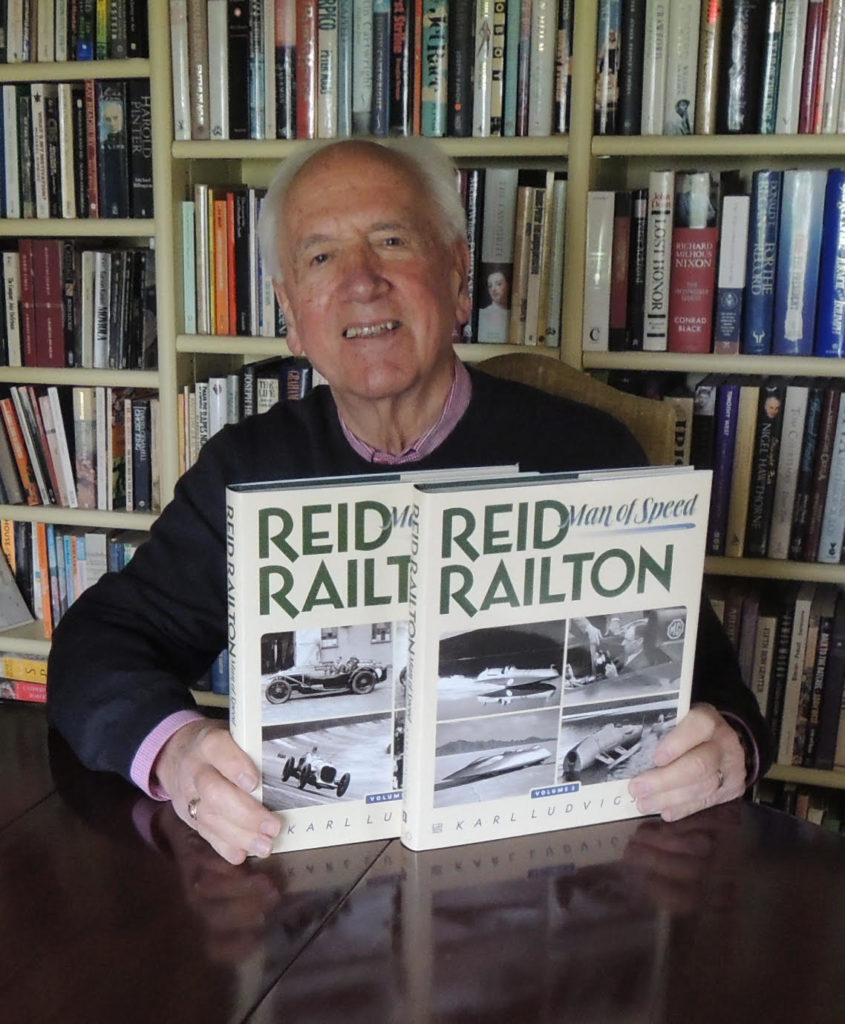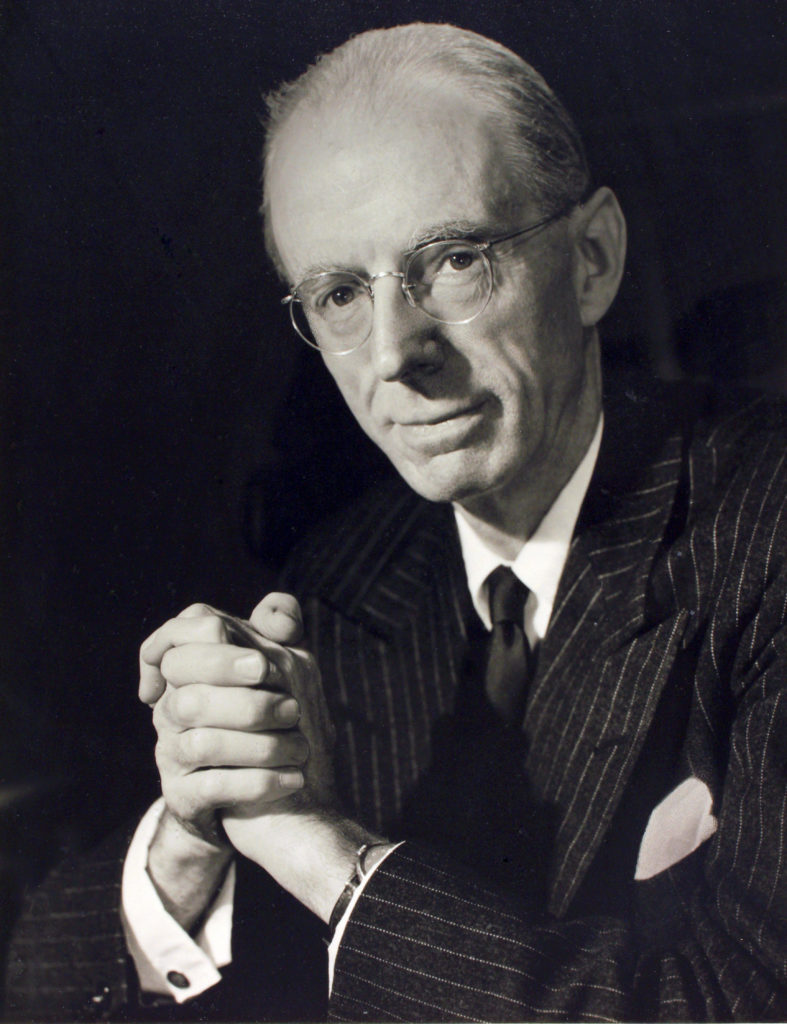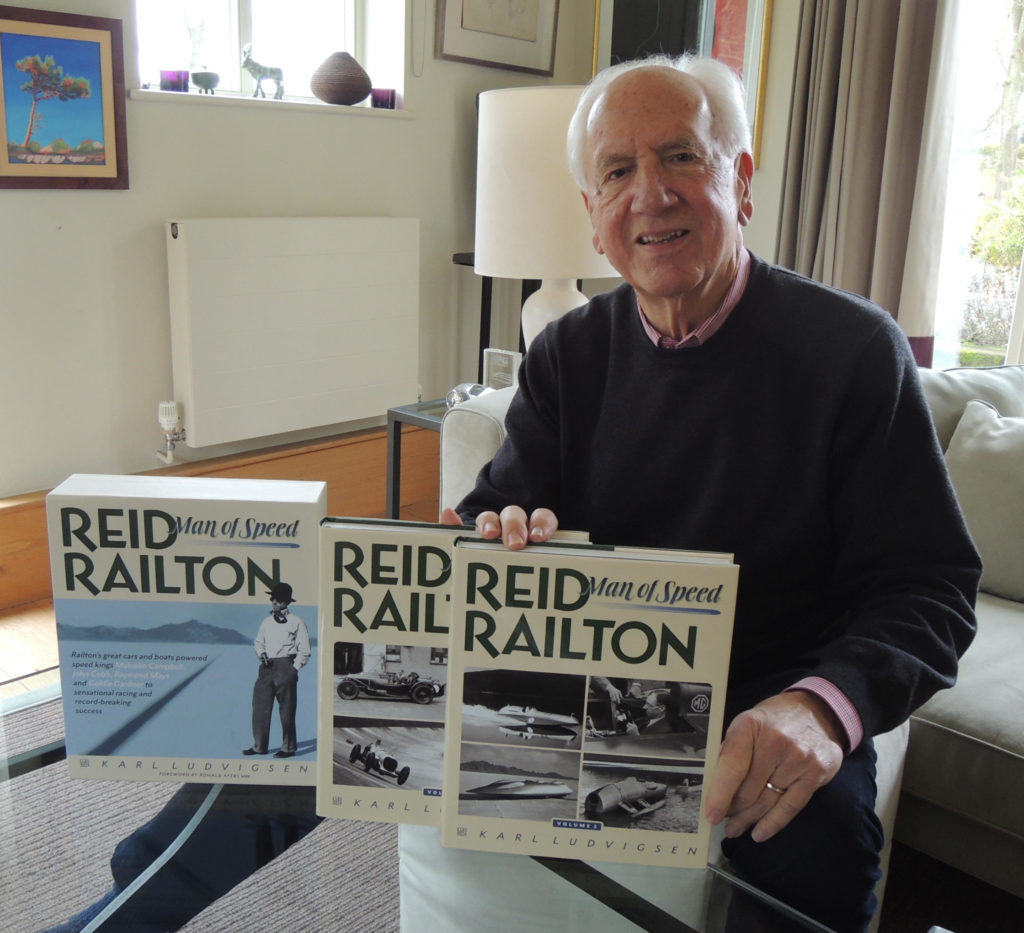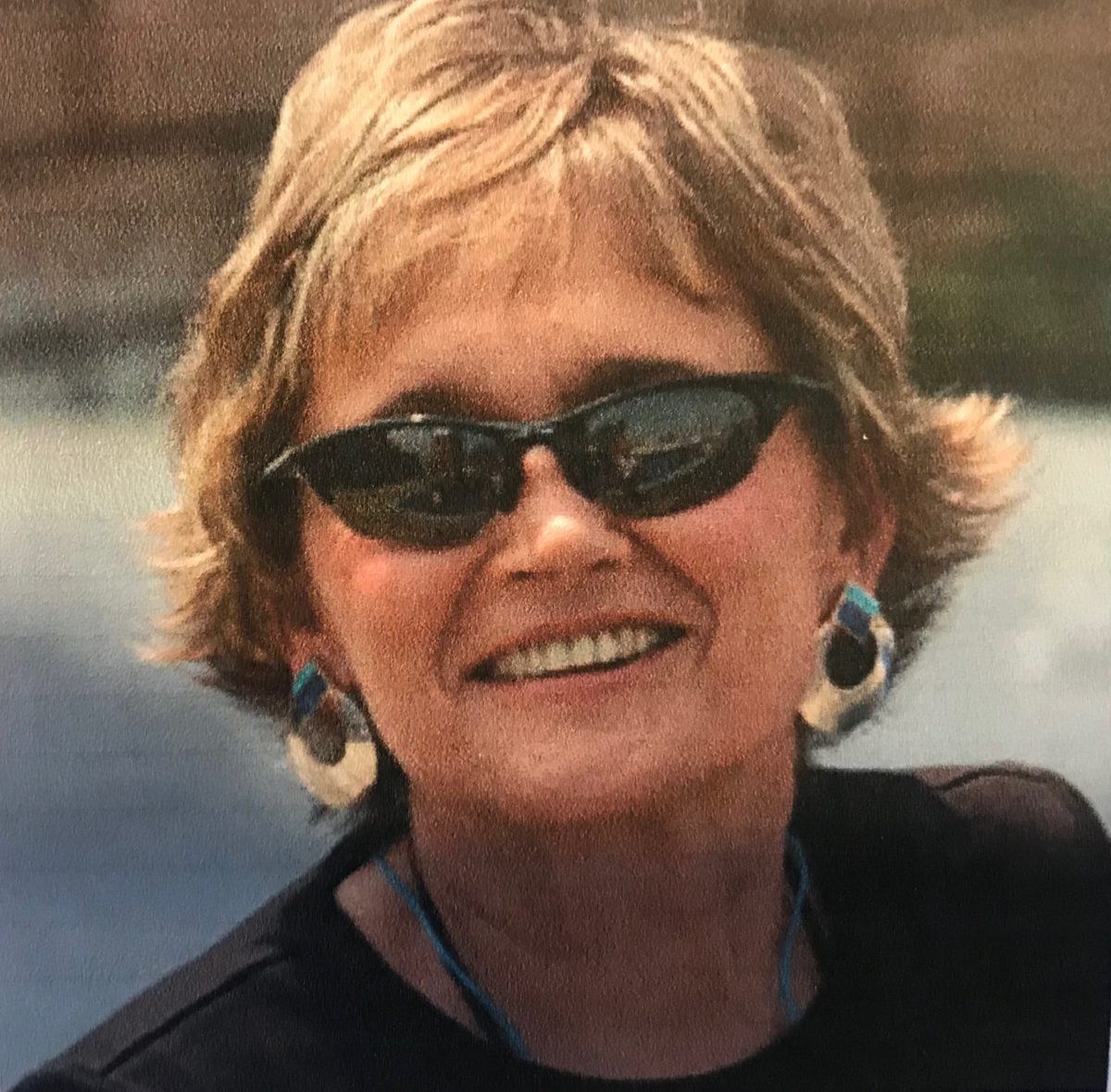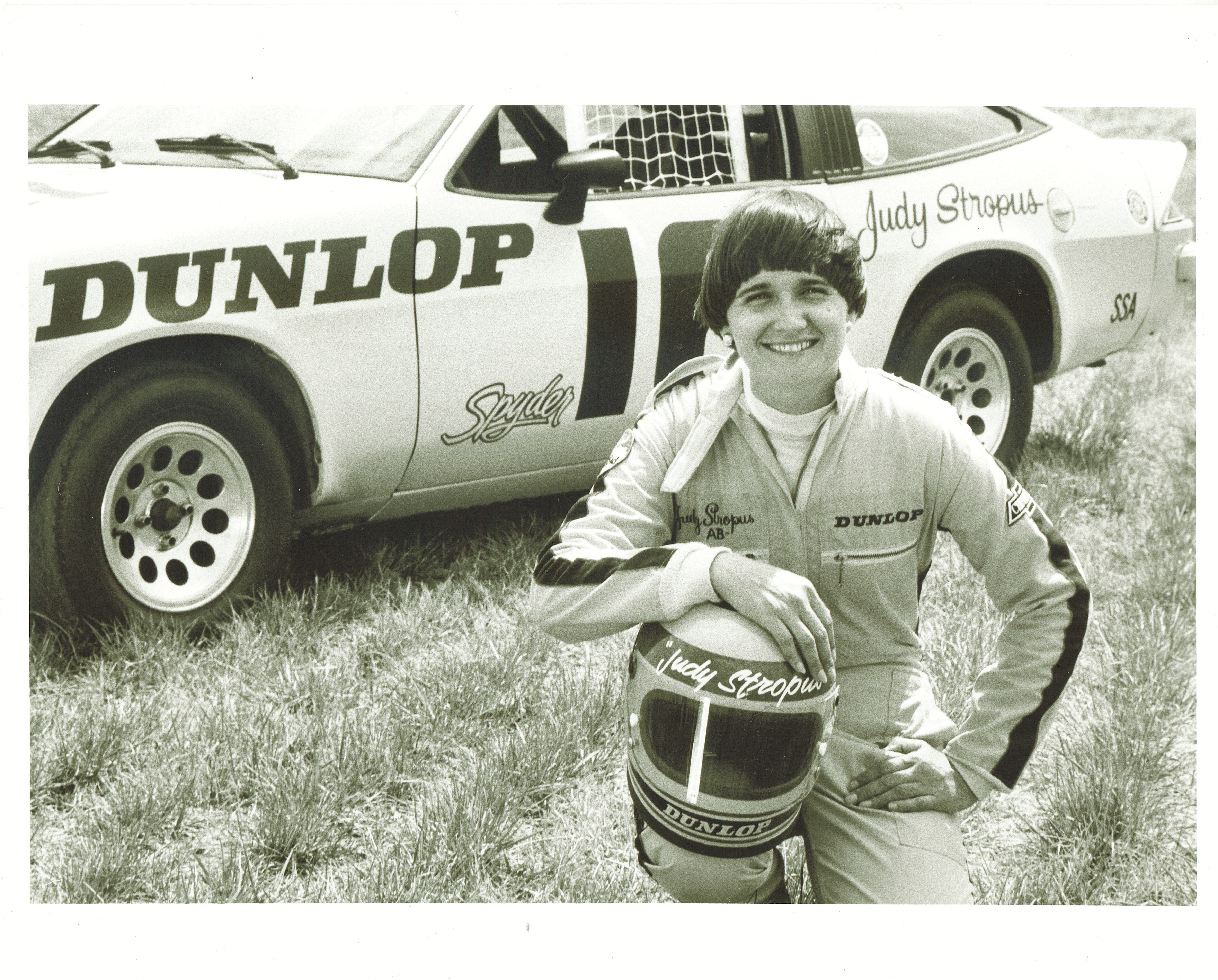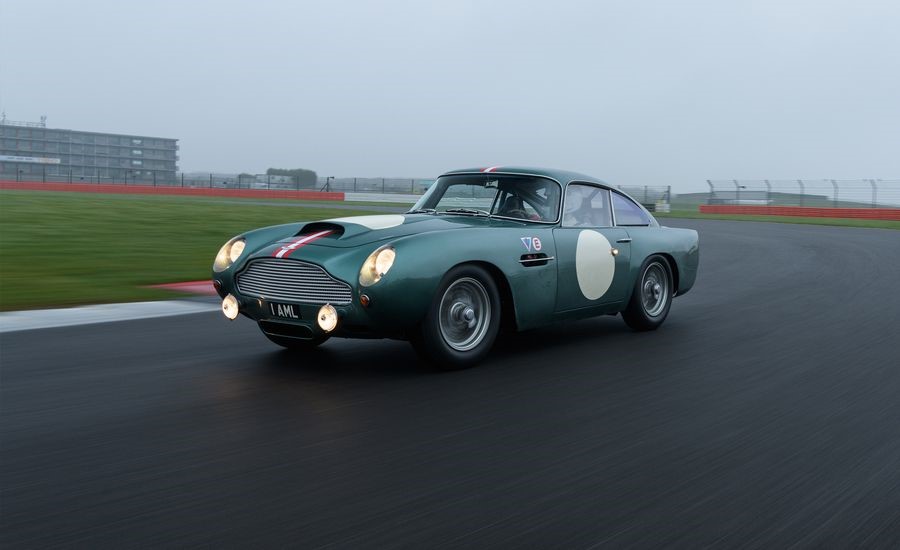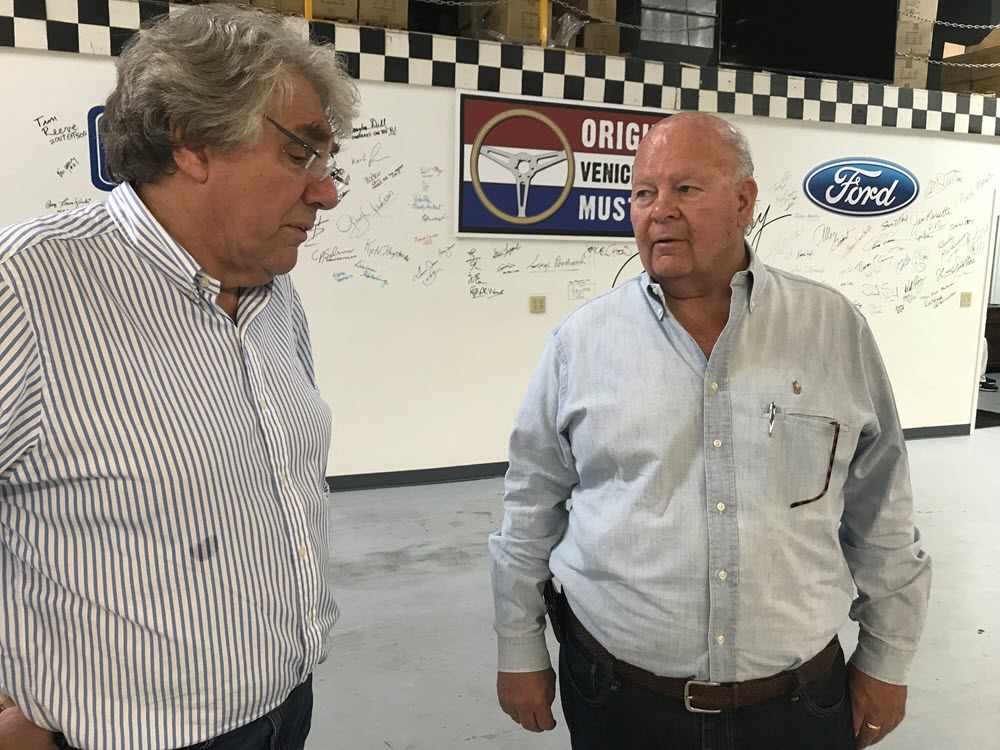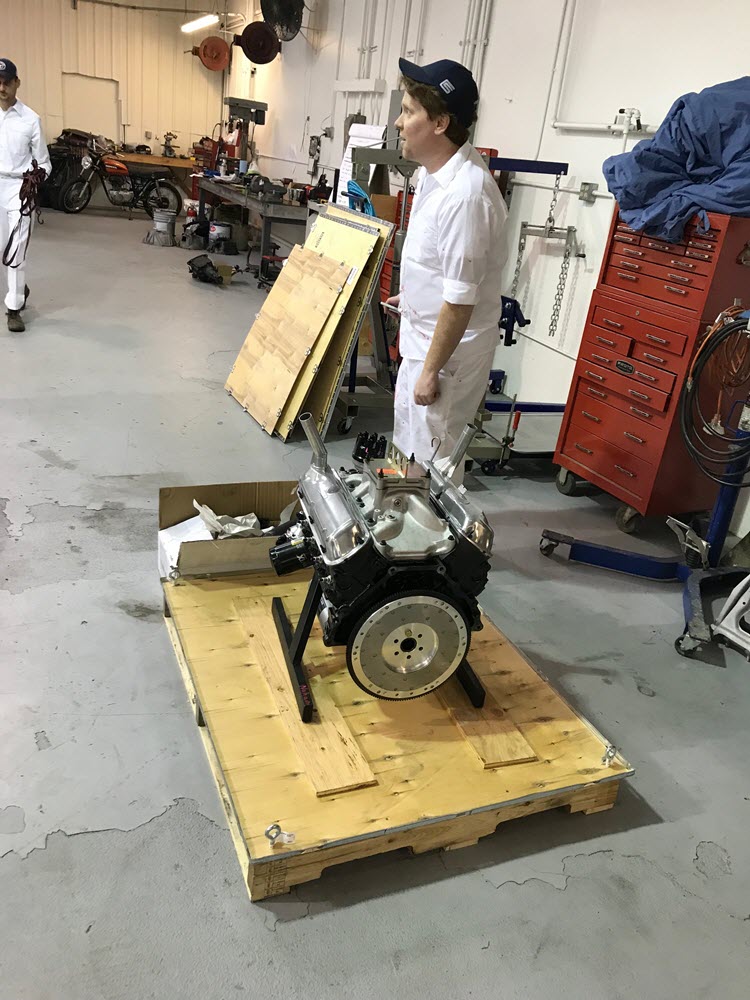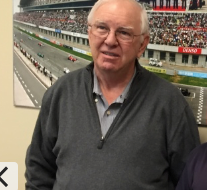
At age 72, Alan Wilson still maintains a schedule that would make a 20-year-old weary.
“We have designed over 150 tracks world wide,” he says, “of which 40 got built, including 7 street tracks. We currently have three more under construction, two of them private.”
Alan may not be a household name among race fans, but he is and has been a driving force for over 40 years in every type of motorsport from midgets to Formula One. His web page www.wilsonmotorsport.com has a history of his projects dating back to the 1970’s.
With that long perspective, I asked Alan what he sees as the future of racing worldwide.
“China is the world’s largest car market. The Chinese are getting richer, and they have a large domestic auto manufacturing base. They should be the prime future market for auto racing. We have been in China since 2000, and I have come up with what I call ‘The China Conundrum,’ which is basically that they don’t know what they don’t know.
“I recently bought a ticket to the F-1 Chinese Grand Prix, the first ticket I’ve bought in over 40 years, just to see what the experience was like. I was careful to get a seat near a big screen so I could see the cars on TV, and near a speaker so I could hear the announcer. They had a good crowd of over 100,000 spectators.
“F-1 is what I call ‘fly away racing’ as built by Bernie Ecclestone. You couldn’t get near the paddock, so forget about meeting the drivers. They weren’t introduced before the race, and the numbers on the cars were so small you couldn’t read them. There was a 2 hour delay between final practice and the race, when the entertainment was a guy on a skate board and a local ping pong match. As soon as the race was over the drivers got into their helicopters and flew away.
“The Chinese have the mechanics of a race down, but they need to realize that racing is in the final analysis ENTERTAINMENT ! They’ll have to get that before they can reach their potential.
“In 2017, I spent 141 days in China designing tracks that would accommodate every type of racing from F-1 to carts. We had all the finances and permits lined up, and 2 under construction when the government pulled the plug and took the land back. Land is the ultimate form of wealth in China, so race tracks and golf courses are frowned upon. Racing, and golf too can keep the entertainment dollars at home, but the conundrum is they don’t know that !
“China has a growing auto manufacturing base, and Geely is one of the smartest manufacturers I’ve ever dealt with. Ford practically gave them Volvo, and Volvo under Geely turned a profit of over a billion dollars last year. Geely also now owns Lotus, and they just bought Volvo trucks. India’s population is getting richer and younger, as opposed to most of the world, which is getting older, and the wealth more concentrated. India is a prime market for racing if they could just over come their bureaucracy
“In India, the biggest problem is the bureaucracy. It can take 10 years just to get an excavation permit, plus exorbitant fees along the way.
“Neither India or China have a history and culture of racing, and that’s what produces crowds, but also takes time.
“In Europe and the U.S., which both have a great automotive culture, the greatest threat to racing is the bureaucracy, which is dominated by the environmental lobby. I just received a print out of the F.I.A. rules for this year, and it’s over 6 inches thick!
“All of the tracks I’ve done in the U.S. since Miller Motorsports have been private tracks. It’s either a condo situation where a bunch of wealthy guys build a track with garages and service facilities, with food and entertainment for their private pleasure. Or just one guy who wants to build a track to go out and play with his toy.
“The environmental lobby wants to do away with cows because their farts are causing global warming. But there will always be guys who want steaks, and I see the private track market as a way to assure you can always get a good steak!”

